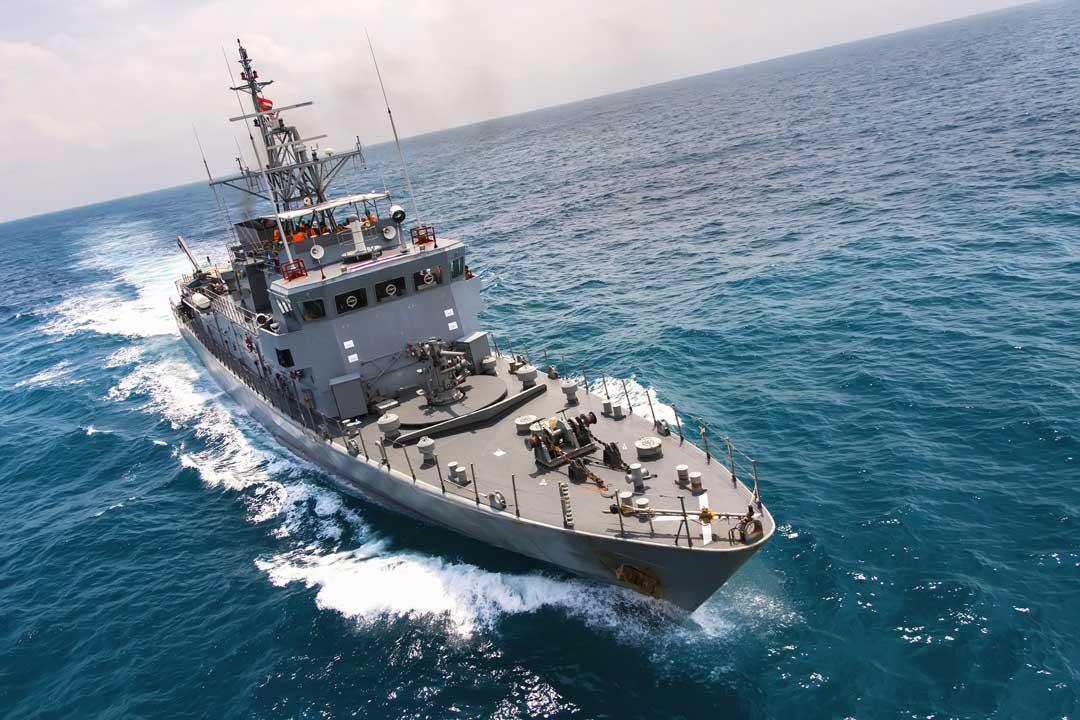
Table of Contents
There are plenty of reasons for an industry professional to seek certification. One of the most beneficial options out there for engineers is a NAVSEA certification. Unlike the other ones out there, getting a NAVSEA certification can be long and difficult, but the benefits highly outweigh the time it can take.
NAVSEA certified engineers gain access to NAVSEA technical manuals exclusive to the organization. They also get to work with the Navy on various projects alongside their employed engineers.
Here’s how to get your certification and gain access to NAVSEA instructions.
What Does NAVSEA Do?
NAVSEA, short for the Naval Sea Systems Command, is the largest of the U.S. Navy’s five system commands. It’s comprised of more than 85,000 personnel from both within and outside of the Navy, and performs activities in both the United States and in Asia.
Some of the various NAVSEA locations can be found in most states across the country. The states with the most locations include Virginia, Florida, and California.
NAVSEA engineers have the opportunity to work with the Navy by supporting their fleet of ships and combat systems. Some of their other field activities include an experimental diving unit, a naval ordnance safety program, and logistic support for naval shipyards.
What Is a NAVSEA Certification?
A firm can earn a NAVSEA certification to bid on Navy vessels. Acquiring this certification allows a firm to get NAVSEA jobs and act as a third party for repairs and maintenance. In fact, the System Certification Program was created to provide an objective, third-party review of everything that the U.S. Navy uses.
Acquiring a NAVSEA certification does not make you a federal employee. Instead, it allows you to work for the United States Navy on a case-by-case basis.
NAVSEA jobs range from minor repairs to ship construction. They all need advanced planning, engineering, and quality assurance, among other skills. Firms must go through a two-tier vessel repair certification process before taking on a job.
The two agreements are the Master Ship Repair Agreement (MSRA) and the Agreement for Boat Repair (ABR). There’s also NAVSEA Approved AIT or advanced individual training. This training helps an individual acquire skills for a specific Army job.
AWS vs NAVSEA Welding
NAVSEA is only one of the most common certifications available in the metal fabrication and welding industries. The other certification you’ve likely considered is an AWS certification.
AWS, or the American Welding Society, offers its certification as an endorsement. This endorsement shows that you’ve gotten recognition of skill over one of four subject areas. These subject areas are material and design, fabrication, inspection, and qualification.
No prior certifications are required to get AWS certified. These credentials are transferable and apply wherever you go.
Meanwhile, a Navy certification requires additional steps to obtain. Your prior AWS certifications have no effect on the process. An employer must provide a training program that the Navy has approved. It requires 240 hours of experience before pursuing 24 hours of training.
Both types of certification can act as proof of your skill level and qualifications. However, only the NAVSEA certification lets you work with NAVSEA. As such, it may carry more weight with certain clients, since it also lets you support the federal military.
Benefits of Certification
Certification can help in a lot of different ways for your firm. Some materials or equipment require proof that you’re proficient in their use. Certain certifications also let you get access to work that you otherwise wouldn’t get.
For example, NADCAP certification approves suppliers to provide high-quality parts to their customers. The largest companies in aerospace and defense only use parts from these approved suppliers.
NAVSEA certification specifically allows firms and individuals to work with Navy engineers in constructing, maintaining, and repairing their equipment and vehicles. They act as a third party providing quality control. Most importantly, it shows that the federal government acknowledges their skill and experience in their field.
How to Get Your Navy Certification
An employer must provide a training program for their employees to earn a NAVSea certification. This program must be approved by a NAVSEA Test Examiner. The program consists of a written examination, a visual acuity test, and a demonstration of the individual’s welding skills.
To qualify, they need to complete 24 hours of this training on top of 240 hours of experience beforehand. The metal fabrication company gets audited to make sure they have the necessary documentation in place. This documentation should include procedure qualifications, processes, and the like.
After all is said and done, a metal fabricator can get the work with a list of compliance requirements for the project.
It’s important to keep in mind that the components you work with influence the requirements. Work involving a ship’s structure has much higher requirements than smaller jobs.
Make sure to prepare for the NAVSEA training program in advance. You can study the various NAVSEA technical manuals available on their website. They have a collection of policies and procedures, as well as any changes or revisions.
Access to their technical manuals is available through the Technical Data Manual Management Information Systems (TDMIS). You can also find a list of all NAVSEA instructions online.
Navy Approved Workmanship
Obtaining a NAVSEA certification is a hefty task, but it’s not without merit. The certification proves to your customers that you’re good enough to work with the NAVY. It shows that your firm is one of the best around.
Engineers at New Age Metal Fabrication and Precision Manufacturing are NAVSEA certified. As such, we offer some of the best materials and work in the industry. Our portfolio includes power enclosures, brazed housing subassembly, and integrated maritime systems weldment.
Contact us to learn more about what we have to offer.
